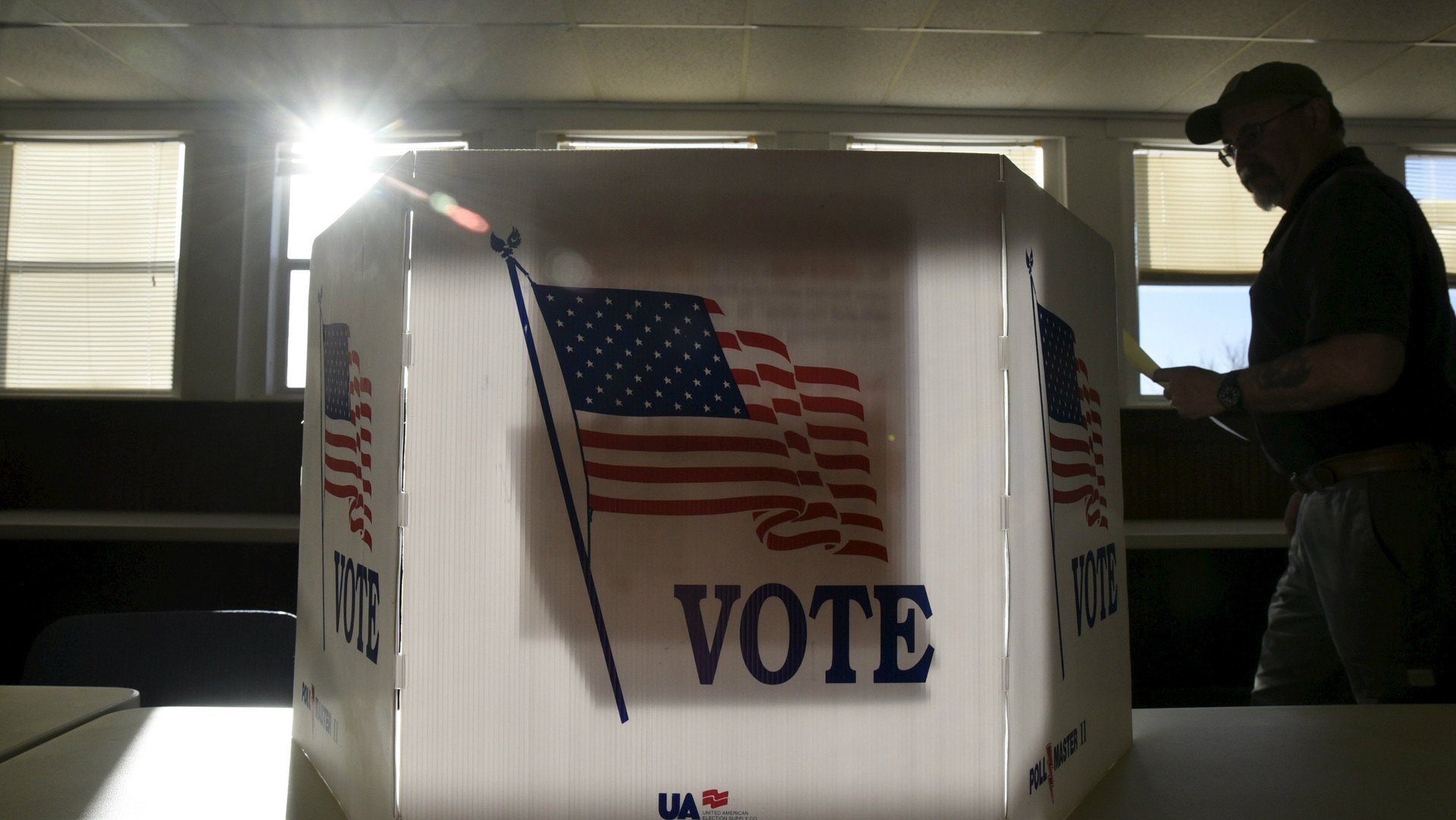There’s a science to getting people to vote
Americans need encouragement to make use of their voting rights. Only 54% of those old enough to vote cast their ballot in 2012. Even though politicians are calling on the public to get out and vote, it turns out that there’s more to encouraging civic engagement than a pantsuit-clad Beyoncé performance (impressive though that is.)


Americans need encouragement to make use of their voting rights. Only 54% of those old enough to vote cast their ballot in 2012. Even though politicians are calling on the public to get out and vote, it turns out that there’s more to encouraging civic engagement than a pantsuit-clad Beyoncé performance (impressive though that is.)
Simply championing democracy and the benefits of voting does little to affect turnout, it seems. As the New York Times reports, political scientists David Nickerson, professor at Temple University, and Todd Roger, professor at Harvard University, conducted a 2010 experiment involving tens of thousands of households which found that traditional campaign calls encouraging people to vote had a negligible effect.
Instead, those who were asked specific details about the logistics of their voting plans—what time and where they were going to vote—became significantly more likely to cast their ballot.
As Stanford Business notes, it also helps to portray voting as a noble trait (which is subtly done through phrases such as “”How important is it to you to be a voter in the upcoming election?”), and by promising to hold people accountable by talking to them about their voting experience after the election.
Overwhelmingly, studies have found that peer pressure helps. So rather than making people guilty by lamenting low voter turnout, people are more likely to vote when they’re told that turnout is expected to be particularly high. We’re more motivated to uphold a popular social norm than to make up for lack of civic engagement, it seems.
In a similar vein, telling people about your own plans to vote can encourage others to do the same. In one experiment, Facebook users who received an update showing the profile picture of several Facebook friends who’d voted were more likely to do the same. In another study, households who were mailed details of their own voting records and those of their neighbors were 8.1% more likely to vote—roughly the same increase that comes from traditional campaigning techniques of 7-10 phone calls, 1-2 pieces of mail and 1-2 knocks on their front door.
So, to encourage voting, tell your friends once you’ve cast your ballot, ask them about their specific voting plans, and emphasize the millions of people who will be heading to the polls on Tuesday. It’s time to put peer pressure to good use.